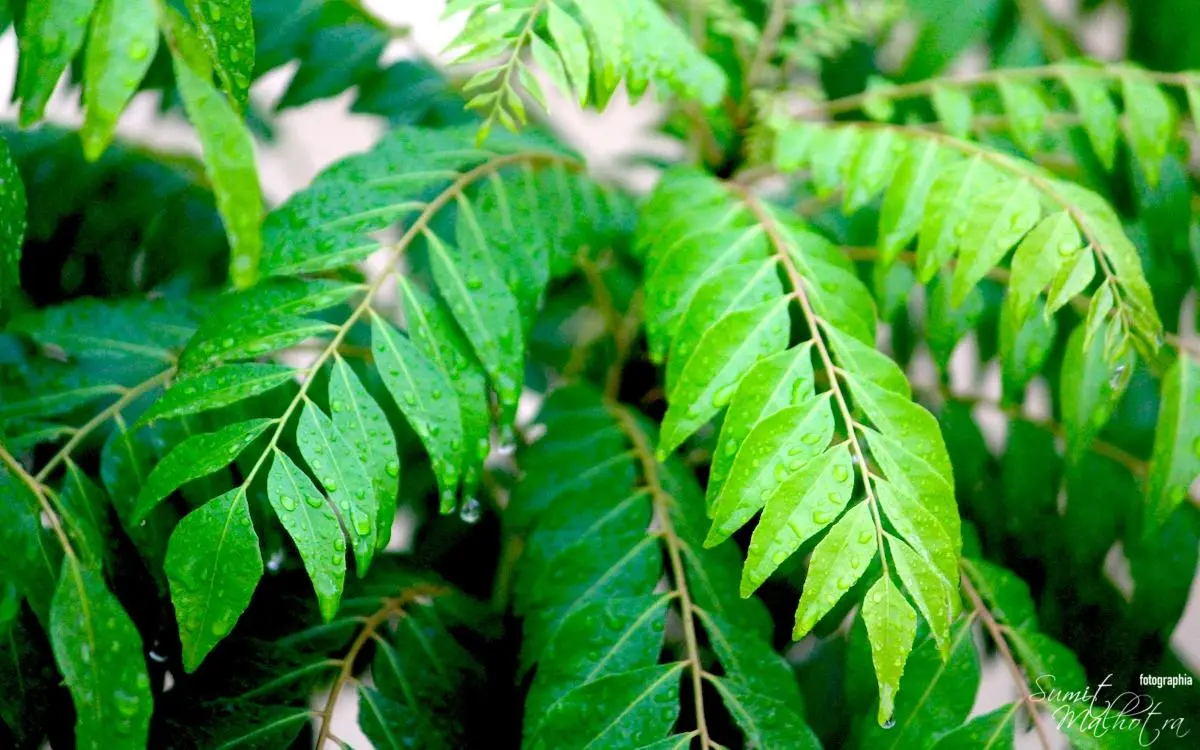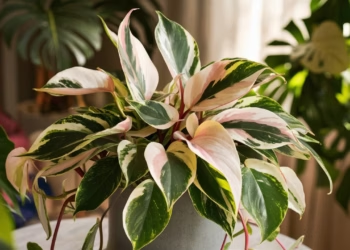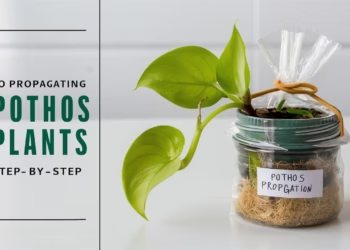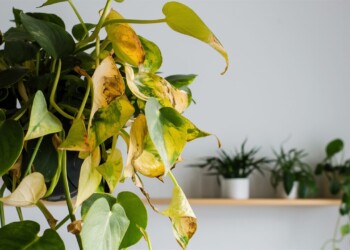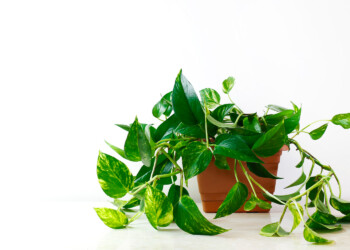Are you tired of paying a premium for those aromatic curry leaves at the grocery store? Well, guess what? You can grow your very own curry leaf plant right at home! Imagine the satisfaction of plucking fresh curry leaves from your own backyard and sprinkling them into your favorite dishes. In this comprehensive guide, we’ll spill the beans on everything you need to know about nurturing and cultivating your own curry leaf plant. Let’s embark on this green journey together, and soon you’ll be the proud owner of a flourishing curry leaf plant!
Table Of Contents
Getting To Know The Curry Leaf Plant
Before diving into the nitty-gritty of growing a curry leaf plant, let’s acquaint ourselves with this vibrant and aromatic herb. The curry leaf plant, scientifically known as Murraya koenigii, is a tropical plant native to India. It’s not just a flavor enhancer but also packs a punch in the medicinal department. Loaded with antioxidants and essential nutrients, curry leaves are a powerhouse of goodness.
Why Grow Your Own Curry Leaf Plant?
- Freshness Guarantee: No more settling for wilted leaves from the store. Grow your curry leaf plant for a constant supply of fresh leaves!
- Cost-Effective: Save those extra bucks by investing in a curry leaf plant that keeps on giving.
- Aromatic Bliss: Your kitchen will be infused with the irresistible aroma of fresh curry leaves. Say goodbye to stale and lifeless leaves!
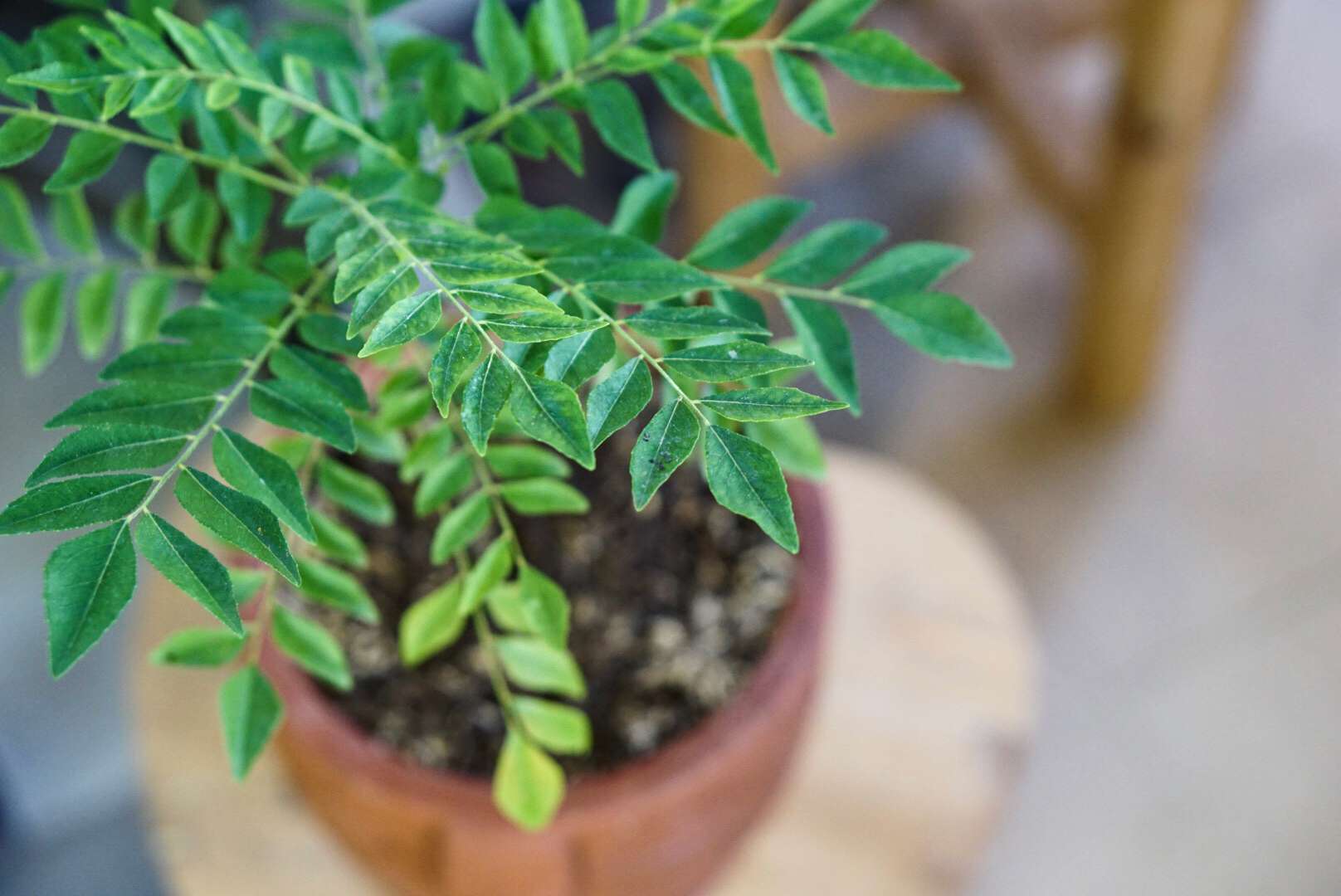
Setting the Stage: Planting Your Curry Leaf Seeds
Now that you’re convinced about the benefits of having your own curry leaf plant, let’s get down to business – planting the seeds.
What You’ll Need
Gather the following essentials before you start your curry leaf adventure:
- Curry Leaf Seeds: Get your hands on fresh, viable seeds. You can find them at local nurseries or online.
- Well-Draining Pot: Curry leaf plants dislike waterlogged soil. Choose a pot with drainage holes to ensure excess water escapes.
- Potting Mix: Opt for a well-aerated mix, incorporating sand or perlite for drainage.
- Warm and Sunny Spot: Curry leaf plants thrive in warm, sunny conditions. Find a spot that receives at least 6 hours of sunlight daily.
The Planting Process
- Soak the Seeds: Give your seeds a warm bath by soaking them for 24 hours. This helps break dormancy and encourages germination.
- Choose the Right Pot: Fill your pot with the potting mix, leaving about an inch from the rim. Create a 1/2 inch (1.3 cm) deep hole in the soil with your thumb and plant a single curry leaf seed. Alternatively, you can use fresh cuttings from a mature plant. Ensure the cutting has at least 2-3 leaves for successful growth.
- Water Wisely: Keep the soil consistently moist but not waterlogged. Curry leaf plants prefer a Goldilocks situation – not too dry, not too soggy!
- Sunshine Shower: Place your pot in a sunny spot. These plants are like sun-worshippers, so give them all the sunshine they crave.

TLC for Your Curry Leaf Plant
Growing a curry leaf plant involves more than just tossing seeds into the soil and hoping for the best. Here’s the lowdown on tender loving care your plant deserves.
Providing Optimal Conditions for Growth
Place the pots near a south-facing window to ensure adequate sunlight for at least 6-8 hours daily. For regions with temperature zones 9-12, or if temperatures don’t drop below 32°F (0°C), consider planting directly in the ground. After approximately 7 days, you’ll witness the delightful sight of sprouting curry leaf plants.

Watering Woes
Curry leaf plants don’t appreciate their feet being constantly wet, so don’t drown them in water! Here’s a quick watering guide:
- Frequency: Regularly check the soil moisture by inserting your finger 1/2 inch (1.3 cm) into the soil. Water only when the soil feels dry. Typically, this means once or twice a week.
- Drainage is Key: Ensure your pot has drainage holes to prevent waterlogging.
- Ensure the pot is positioned in a sunny area throughout the day, promoting healthy growth.

Feed Me, Seymour!
Just like us, curry leaf plants need their fair share of nutrients to thrive. Feed them with a balanced fertilizer during the growing season (spring and summer) every 4-6 weeks.

Pruning Pleasures
Pruning isn’t just for show – it’s a crucial step in ensuring a healthy and bushy curry leaf plant.
- Trim the Tops: Pinch off the tips regularly to encourage branching and bushiness. Prune the top 3–4 inches (7.6–10.2 cm) annually to maintain an optimal size and encourage healthy leaf growth. Repot the plant each year to accommodate its continuous growth.
- Select a pot twice as wide as the root ball, filling it halfway with the recommended potting mix.
- Bye-Bye Yellow Leaves: If you spot yellowing leaves, don’t hesitate to pluck them. It’s your plant’s way of shedding old baggage.

Pests, the Uninvited Guests
Keep an eye out for those pesky invaders trying to feast on your curry leaf plant. Common culprits include aphids and spider mites.
- Neem Oil Solution: Mix neem oil with water and spray it on your plant. It’s like sending an eviction notice to the unwanted guests!
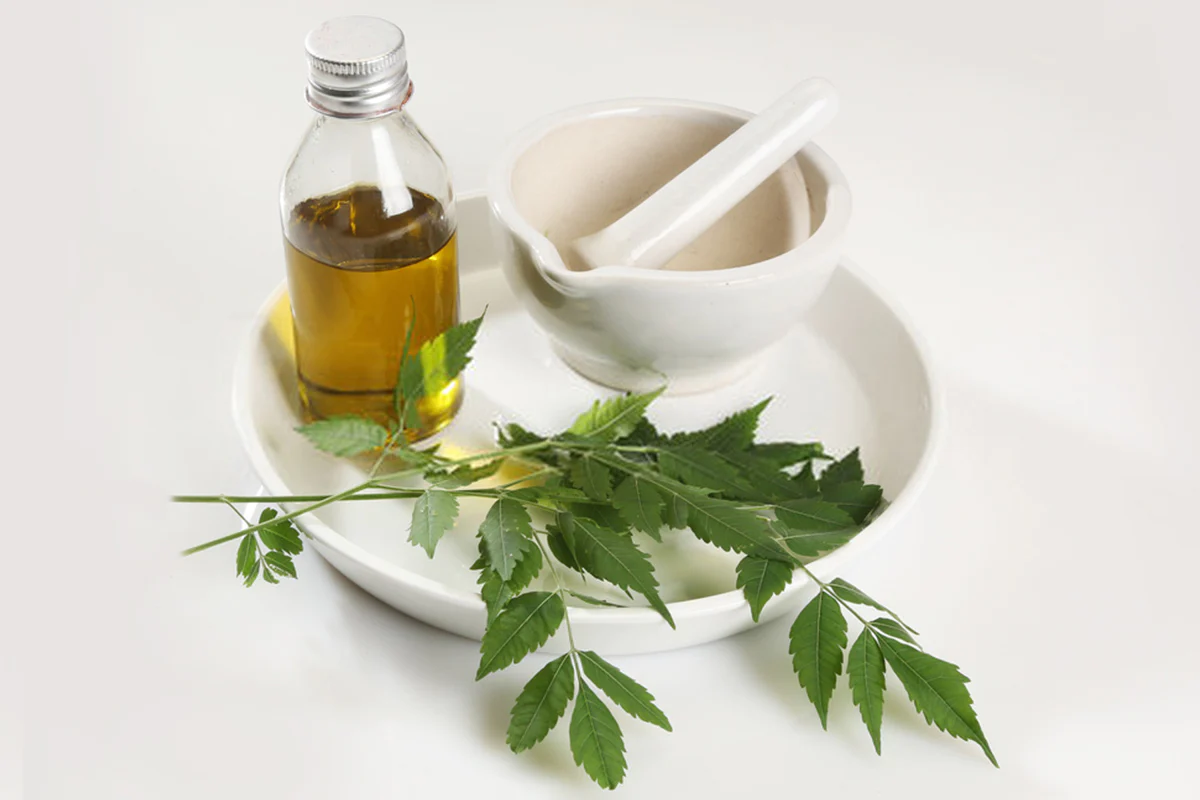
Harvesting and Culinary Uses
Wait until your curry plant is at least 1 year old before harvesting. Gently pull stems, ensuring you collect multiple leaves attached to them. Harvest up to 30% of the plant’s leaves to avoid hindering future growth. Explore culinary delights by adding fresh curry leaves to Indian curry, masala, and coconut rice.
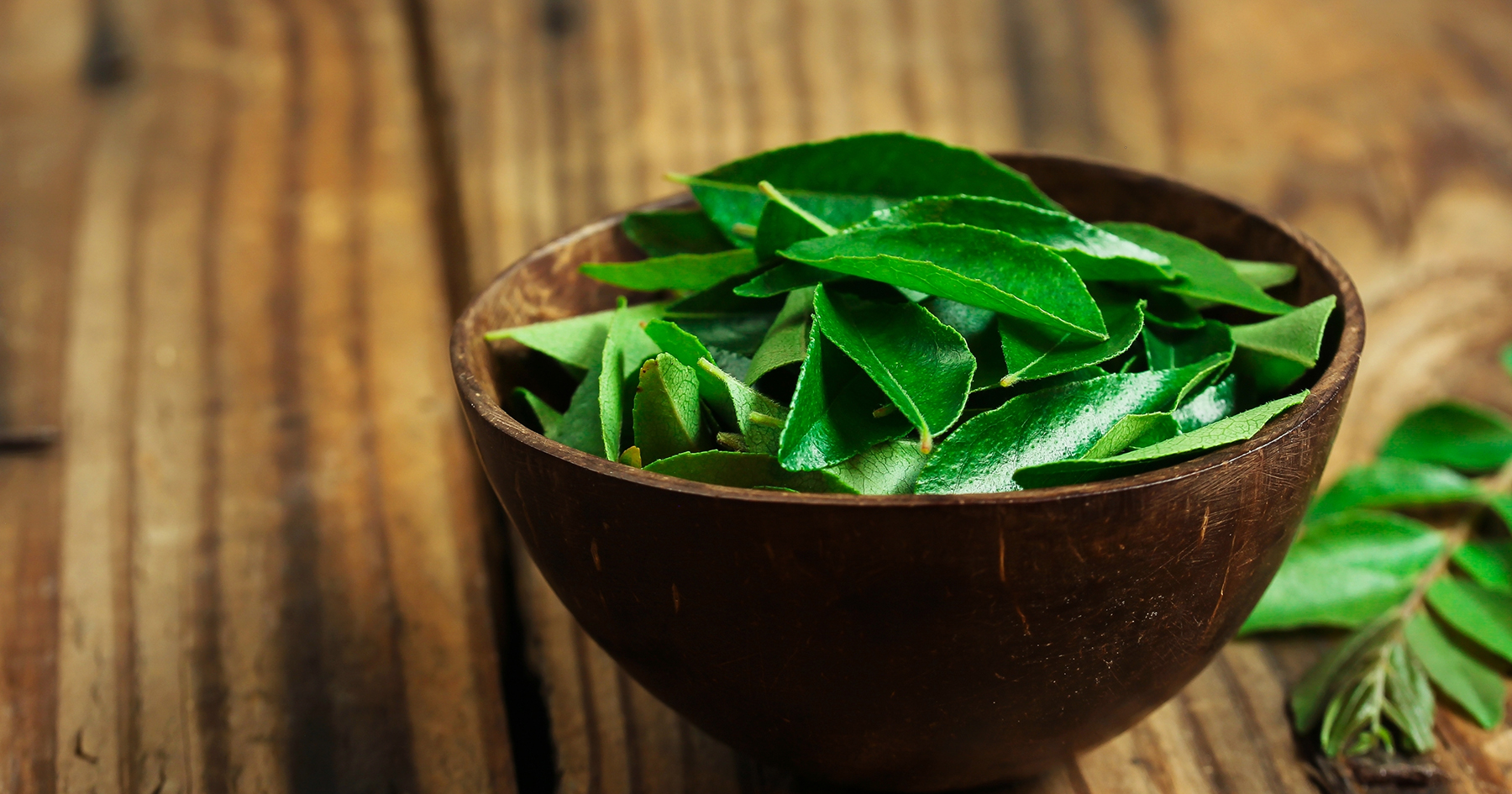
Preserving and Storing Curry Leaves
Extend the shelf life of your harvest by freezing or drying curry leaves. Pan-fry fresh leaves in warm vegetable oil for 1-2 minutes for enhanced flavor. Freeze leaves in a resealable plastic bag for up to one month, or dry them in the oven for long-term storage.
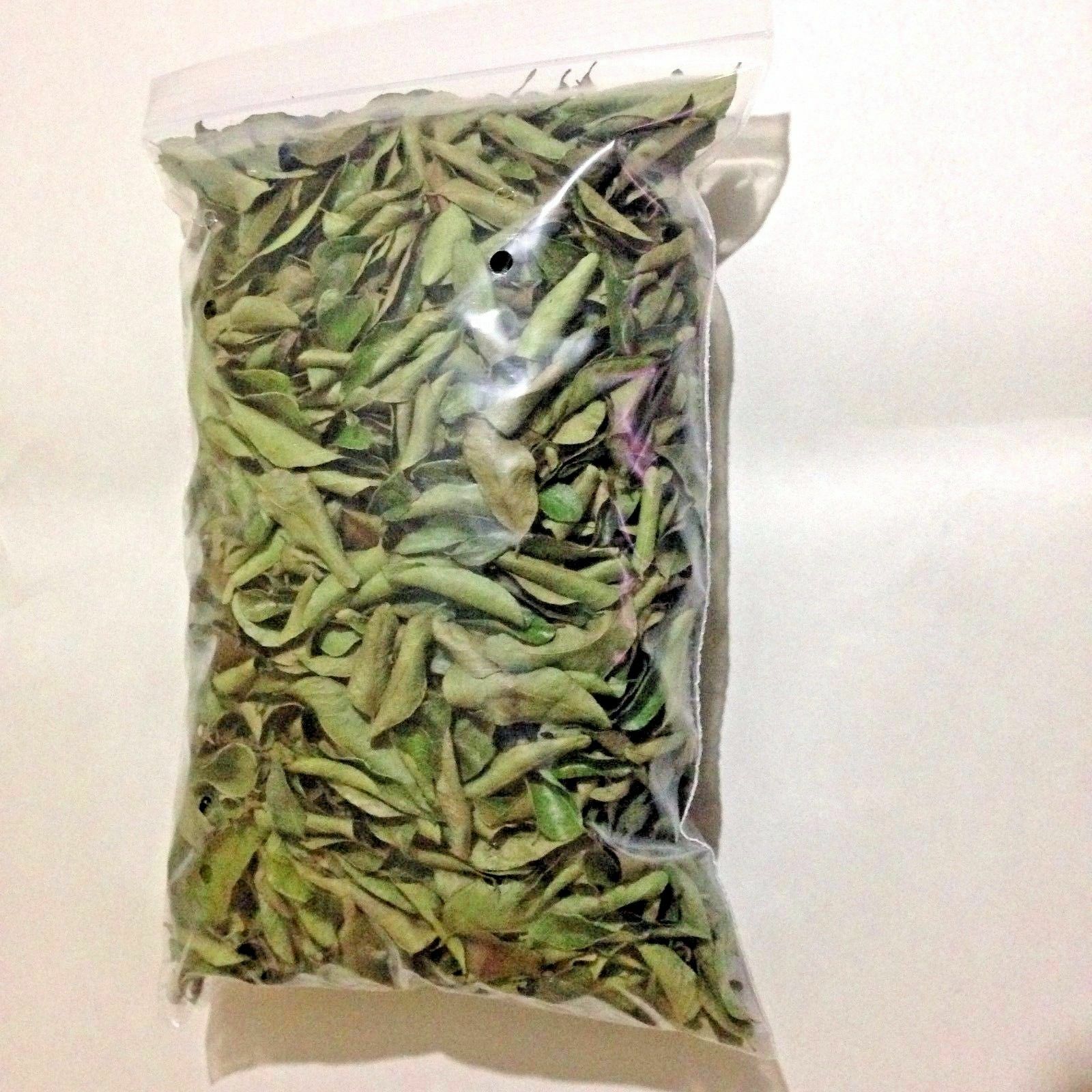
Growing your own curry leaf plant is a rewarding endeavor that keeps giving back – fresh, aromatic leaves for your culinary delights! Armed with the knowledge from this growing guide, you’re ready to embark on your green journey. From planting the seeds to dealing with pesky pests, you now have the tools to nurture a thriving curry leaf plant right in the comfort of your home.
So, what are you waiting for? Go ahead, get your hands dirty, and watch your curry leaf plant grow into a green masterpiece. Happy gardening, and may your kitchen be forever blessed with the delightful aroma of fresh curry leaves! How To Grow A Curry Leaf Plant At Home (Growing Guide) is your ticket to becoming a curry leaf maestro. Let the green adventure begin!
FAQs
Can I grow curry leaves from store-bought leaves?
It’s challenging to grow curry leaves directly from store-bought leaves. The best way to propagate curry leaves is from seeds or stem cuttings, as they contain the necessary nodes for new growth.
Can we grow curry leaves from stem?
Yes, you can grow curry leaves from stem cuttings. Take a healthy, 4-6 inch cutting with at least a couple of leaf nodes. Remove the lower leaves, plant it in well-draining soil, and keep it consistently moist until roots develop.
Why is my curry leaf plant not growing?
Several factors can affect the growth of curry leaf plants, including inadequate sunlight, poor soil drainage, overwatering, or lack of nutrients. Ensure your plant is receiving sufficient sunlight, use well-draining soil, water it appropriately, and consider fertilizing it with a balanced fertilizer during the growing season.
Can curry leaves grow without sunlight?
While curry plants prefer full sunlight, they can tolerate partial shade. However, for optimal growth and to encourage the production of aromatic leaves, it’s recommended to provide them with at least 6 hours of sunlight a day.
Why are curry leaves banned in the UK?
There is no ban on growing curry leaves in the UK. However, the leaves are restricted for import as they can carry pests. The ban applies to the importation of live plants or fresh leaves from countries outside the European Union. It doesn’t prevent individuals from growing curry leaf plants for personal use within the UK.
How do you make curry leaves grow faster?
To encourage faster growth of curry leaves:
- Sunlight: Provide at least 6 hours of direct sunlight daily.
- Well-Draining Soil: Ensure the soil has good drainage.
- Watering: Water when the top inch of soil is dry, but avoid overwatering.
- Fertilization: Feed with a balanced fertilizer during the growing season.
- Pruning: Trim occasionally to promote bushier growth.
- Warmth: Keep the plant in a warm environment, as curry plants thrive in tropical conditions.
